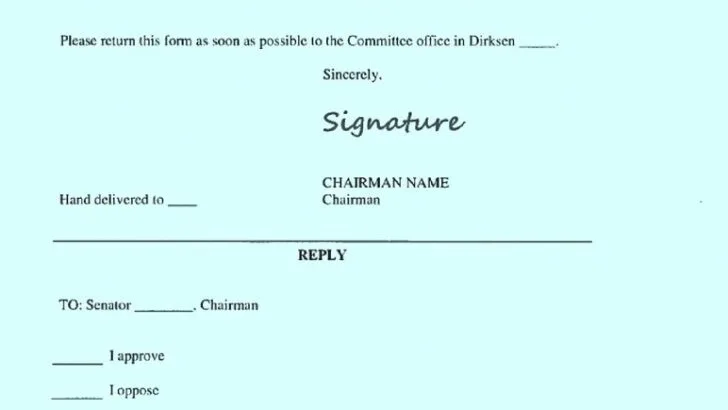Blue slips are a long-standing Senate tradition that allows a Senator to signal opposition to a federal judicial nominee from their home state.
The blue slip refers to a piece of paper in the color blue that the Senator returns to the Senate Judiciary Committee to indicate their position on the nominee.
Origin of “Blue Slips”
The tradition has been in place for over a century and is seen as a way for Senators to exert influence over the selection of federal judges in their state.
In practice, a positive blue slip means that the Senator supports the nominee, while a negative blue slip signals opposition.
If both Senators from a nominee’s home state return negative blue slips, it is seen as a signal to the Judiciary Committee that the nominee lacks broad support from the state, and the Committee may choose not to proceed with the nomination.

The blue slip tradition has evolved over time, with different Senate Judiciary Committee chairs interpreting the tradition differently.
In recent years, some Committee chairs have taken a more permissive approach, allowing nominees to proceed even if one of the home state Senators has returned a negative blue slip.
Other Committee chairs have been more stringent, requiring both Senators’ support before proceeding with a nomination.
Regardless of the interpretation, the blue slip tradition has been seen as an important check on the executive branch’s power to make judicial nominations.
It gives Senators a say in the selection of federal judges in their state and ensures that nominees have broad support from the state they will serve.
However, the blue slip tradition has also faced criticism, particularly from those who see it as a way for Senators to obstruct judicial nominations.
Critics argue that the tradition can be abused by Senators who use negative blue slips to block nominees they disagree with, regardless of the nominee’s qualifications.
In recent years, the blue slip tradition has come under increased scrutiny, particularly with the highly partisan nature of federal judicial nominations.
Some Senators have been accused of using the blue slip tradition to block nominees they disagree with politically, even if the nominee has strong credentials.
The term is easily confused with blue-slipping.
Use of “Blue Slips” in a sentence
- The Senate Judiciary Committee chair announced that the blue slips for the judicial nominee from Texas had been received and both were positive, indicating the nominee would move forward in the confirmation process.
- Despite strong opposition from both home state Senators, the Senate Judiciary Committee chose to proceed with the nomination, disregarding the negative blue slips as mere advisory.
- The blue slip tradition has come under increased scrutiny in recent years, with some Senators accused of using negative blue slips to obstruct judicial nominations for political reasons.